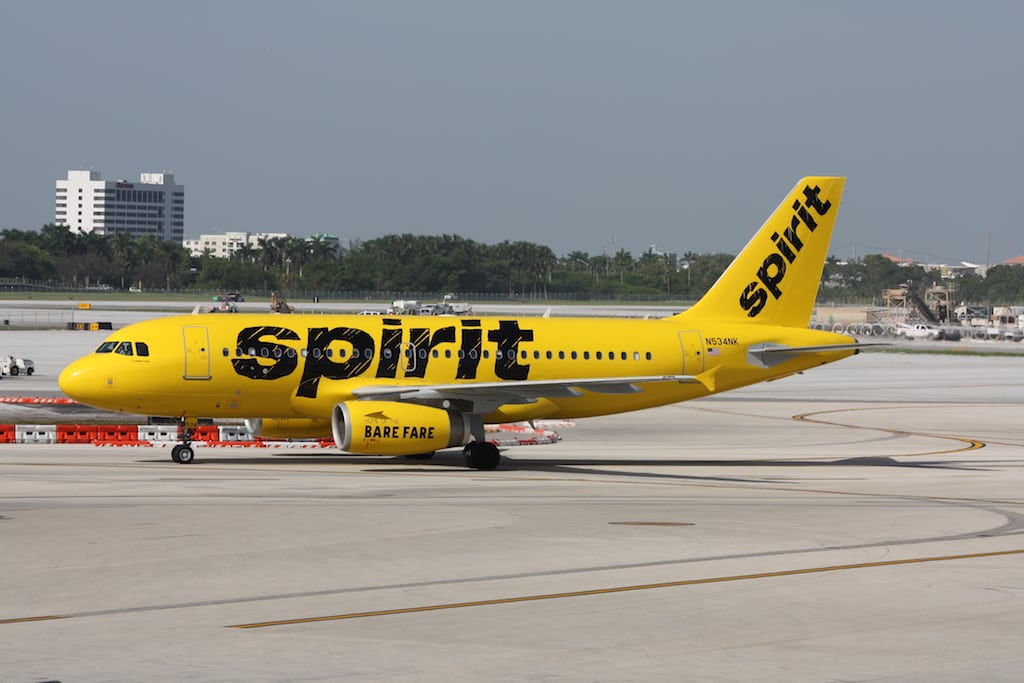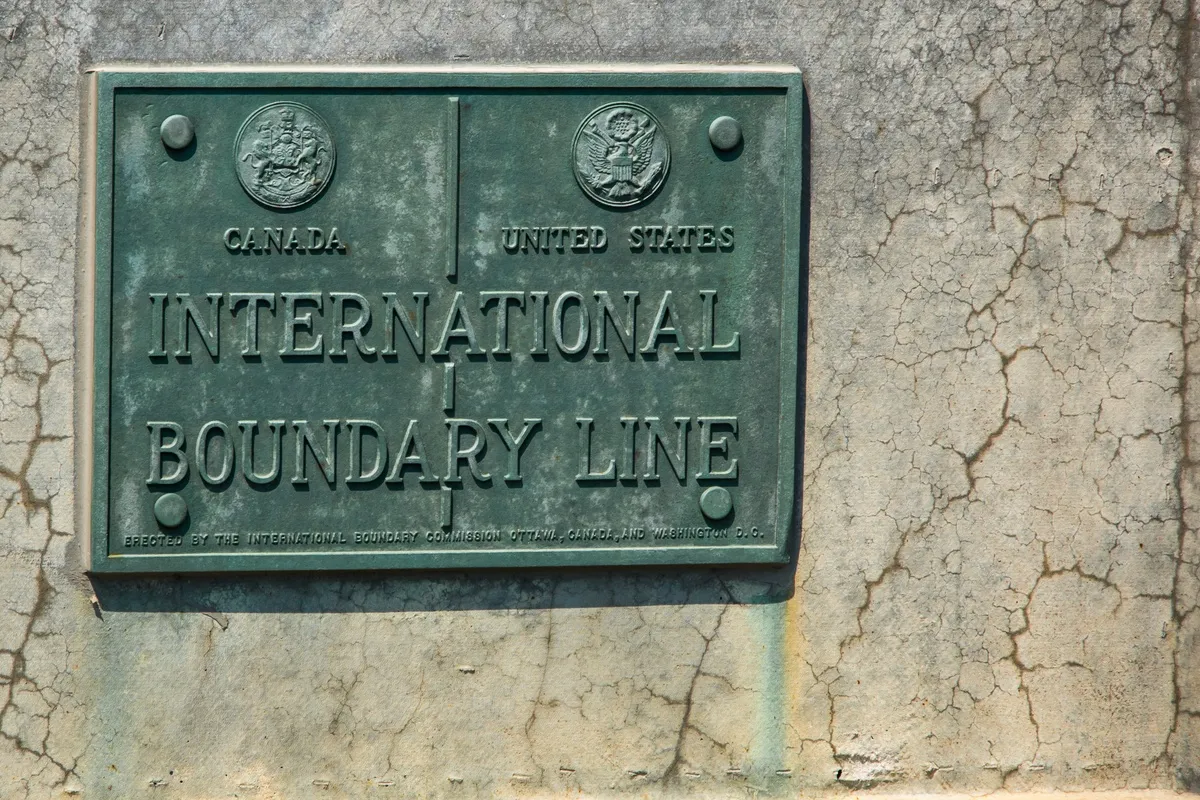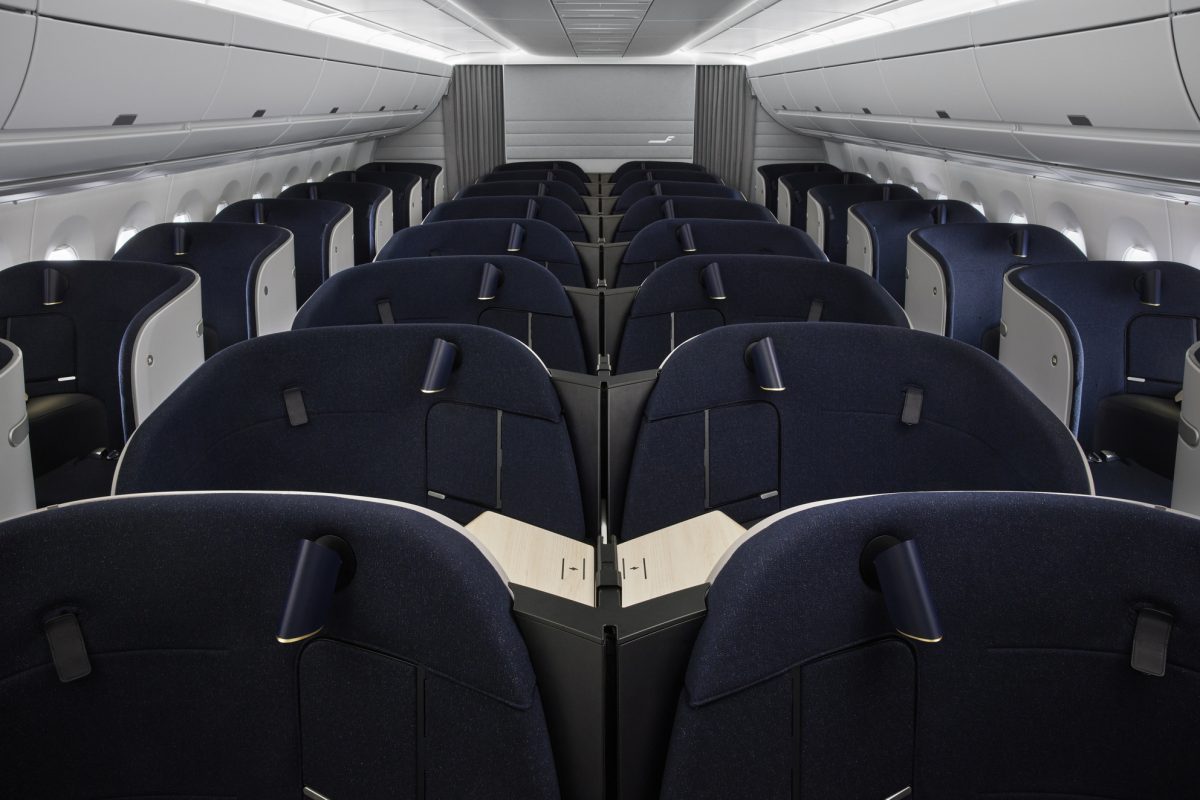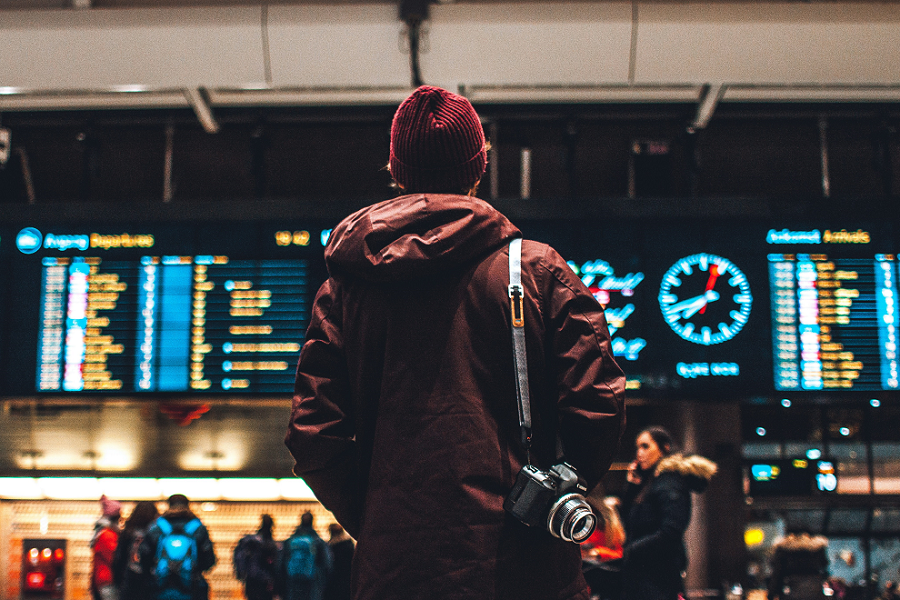Spirit Airlines Is Thinking Smaller Under New CEO

Skift Take
Under former CEO Ben Baldanza, Spirit Airlines almost always went big.
That was the case in advertising, with Spirit launching over-the-top and sometimes offensive campaigns, including the Anthony Weiner-themed one of 2013. It was also the case with the airline's network, as Spirit has been chasing cost-sensitive customers in the largest U.S. markets, including South Florida, Dallas/Fort Worth and Los Angeles. And it was true with airplanes, with Spirit returning its smallest planes to lessors as it added newer Airbus aircraft with more than 200 seats.
But under CEO Bob Fornaro, the former Air Tran CEO who took over in January, Spirit is evolving. It's still a no-frills ultra low cost carrier and it continues to make a major chunk of its revenues from fees for everything from onboard drinks to carry-on bags. And it's still flying a lot big aircraft between major cities.
But increasingly, Spirit is thinking smaller. It plans to grow capacity by 18.5 percent next year, which, while far more than American, United and Delta, is much less than the 30 percent capacity Spirit added in 2015. Spirit is also adding flights in smaller cities such as Akron, Ohio, and Plattsburgh, New York, as it seeks to expand where there is less competition.
The slight strategic changes come as Spirit remains highly profitable. On Tuesday, Spirit reported $86.3 million in net income, excluding special items, on total operating revenue of $621.3 million. Total revenue per available seat mile — an industry metric measuring how much money an airline makes for every seat it flies one mile — decreased 7 percent year-over-year. All U.S airlines are reporting less unit revenue, year-over-year, mainly because ticket prices tend to be lower than they were in 2015.
Smaller Airplanes
Spirit is also taking another look at smaller aircraft. Ultra low cost carriers typically fly the biggest narrow-body aircraft they think they can fill, and then put in far more seats than legacy carriers like American, and low cost carriers like JetBlue or Southwest. Spirit's Airbus A321s have as many as 228 seats, or 38 more than JetBlue has on its all-coach A321s. With more seats, ultra low cost carriers can charge less for each fare, because they're amortizing the cost of operation across more passengers.
Under Baldanza, Spirit was aggressively retiring its smallest aircraft, the 145-seat Airbus A319. But while an airline can almost always fill 228 seats in huge markets like Los Angeles and Dallas/Fort Worth — low fares stimulate demand in big cities — that's more of a challenge in smaller cities, no matter how low the ticket price. So Fornaro has reversed that decision, and Spirit is keeping more A319s than planned.
In the third quarter, the airline said it bought three A319s off lease, and extended leases for another two. "They do have certain mission-critical use for us," CFO Ted Christie said Tuesday on the airline's third quarter earnings call. "And at the right price, they're very effective airplanes."
Interest in C Series
Now Spirit executives say they're looking at another small airplane, the Bombardier C Series, which comes in two models, the CS100 and the CS300. The CS100 can seat as many as 127 passengers, while the CS300 can seat 160.
Here, Spirit is considering a contrarian. Most of the word's low cost carriers — with one major exception, Ryanair — fly Airbus A320 family jets. But other manufacturers want that business, too. And Bombardier has yet to sell an aircraft to any of the world's more influential ultra low cost carriers, so it may be willing to offer them at a low price.
"The other manufacturers are ultimately going to be pretty aggressive," Fornaro said. "And so you have to weigh the opportunity of a new airplane, whatever incentives you can get, versus the inefficiencies of creating another fleet type."
Fornaro has some experience taking chances on new aircraft. When Fornaro was Air Tran's COO in the early 2000s, the carrier was one of the only airlines in the world to place an order for the Boeing 717, which seats about 115 passengers.
Still, Fornaro told analysts discussions with manufacturers are still in the early stages.
"I think you have to look at the whole landscape," he said. "Studying and actually acting on a decision are actually two different things."




